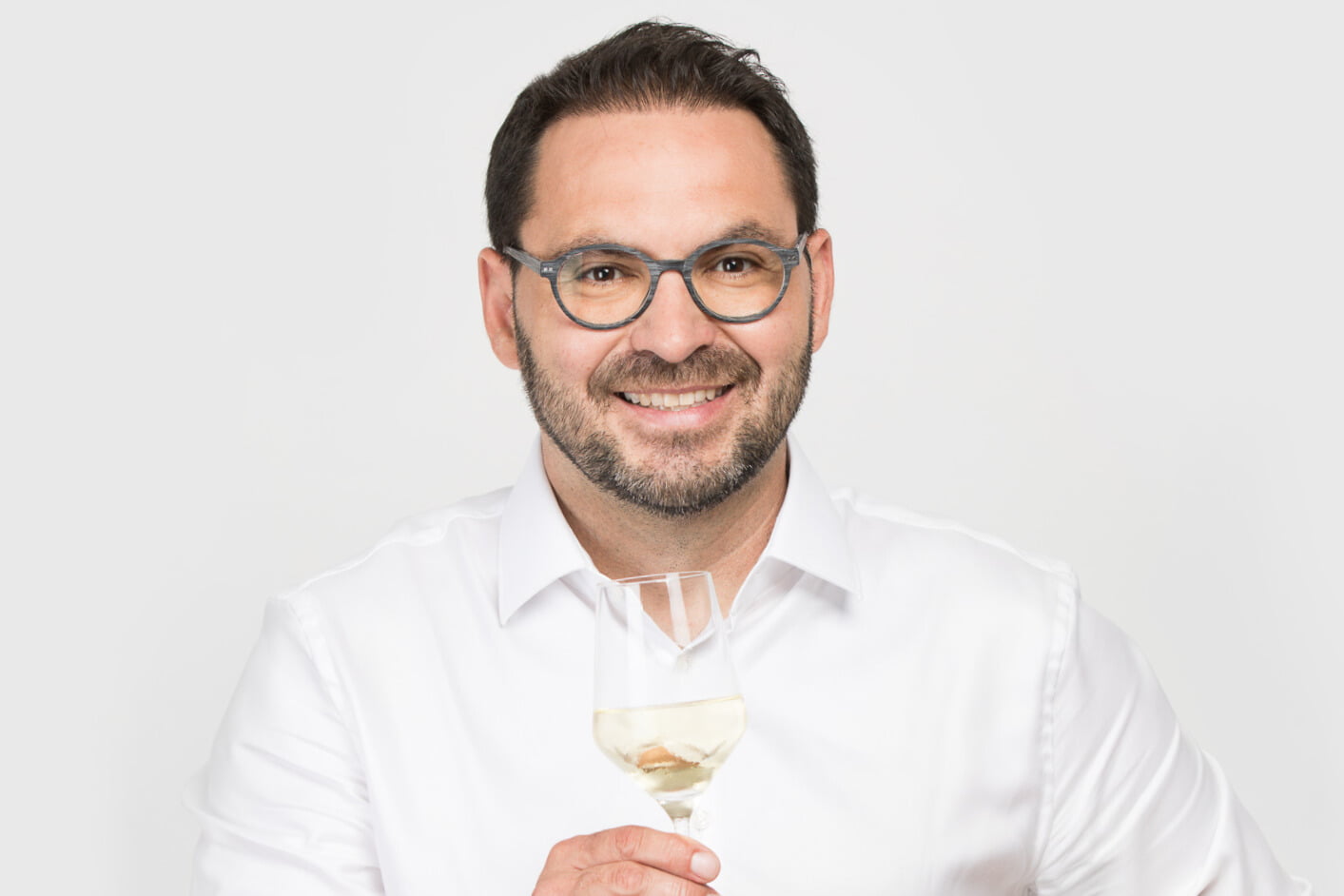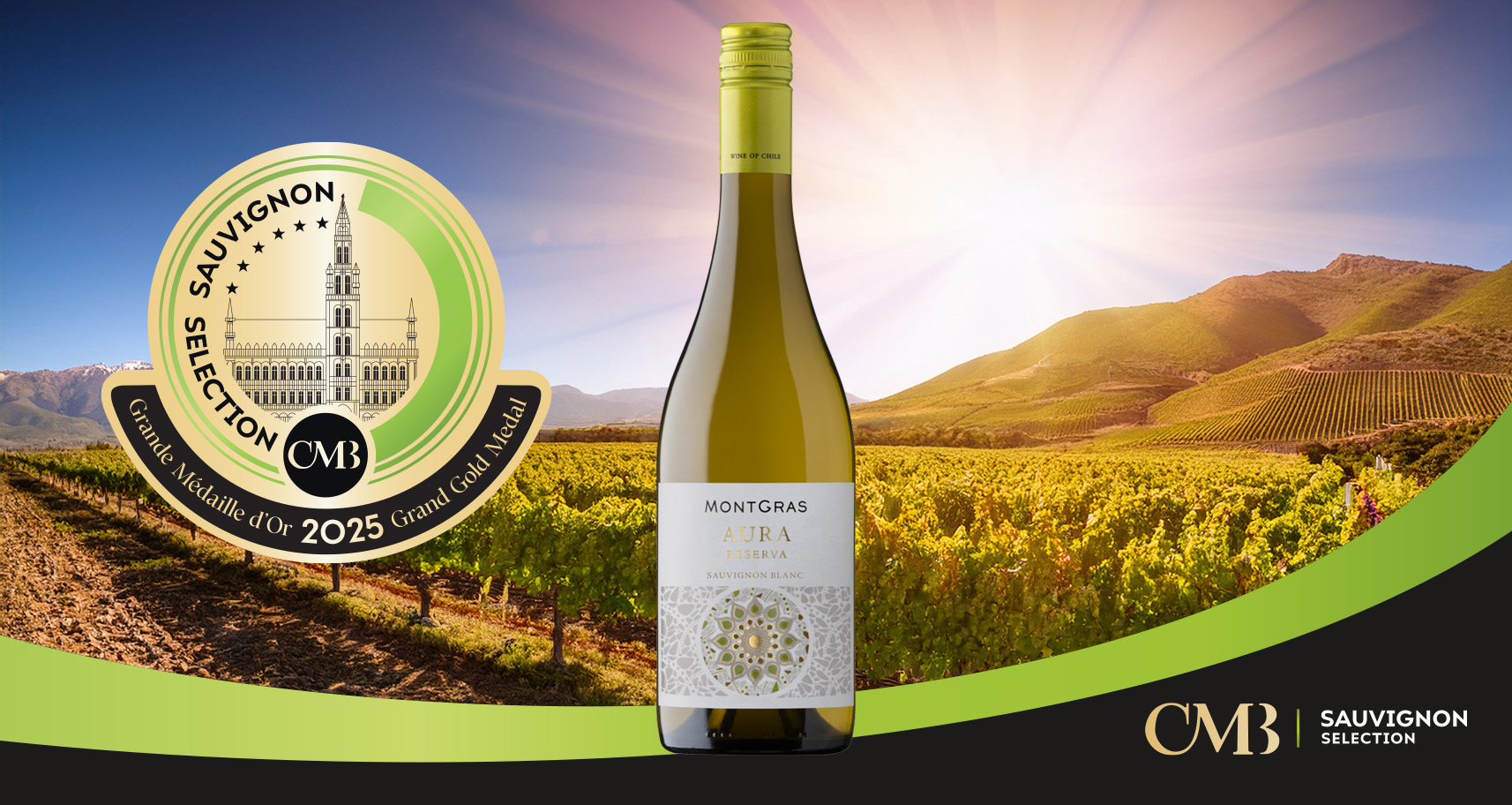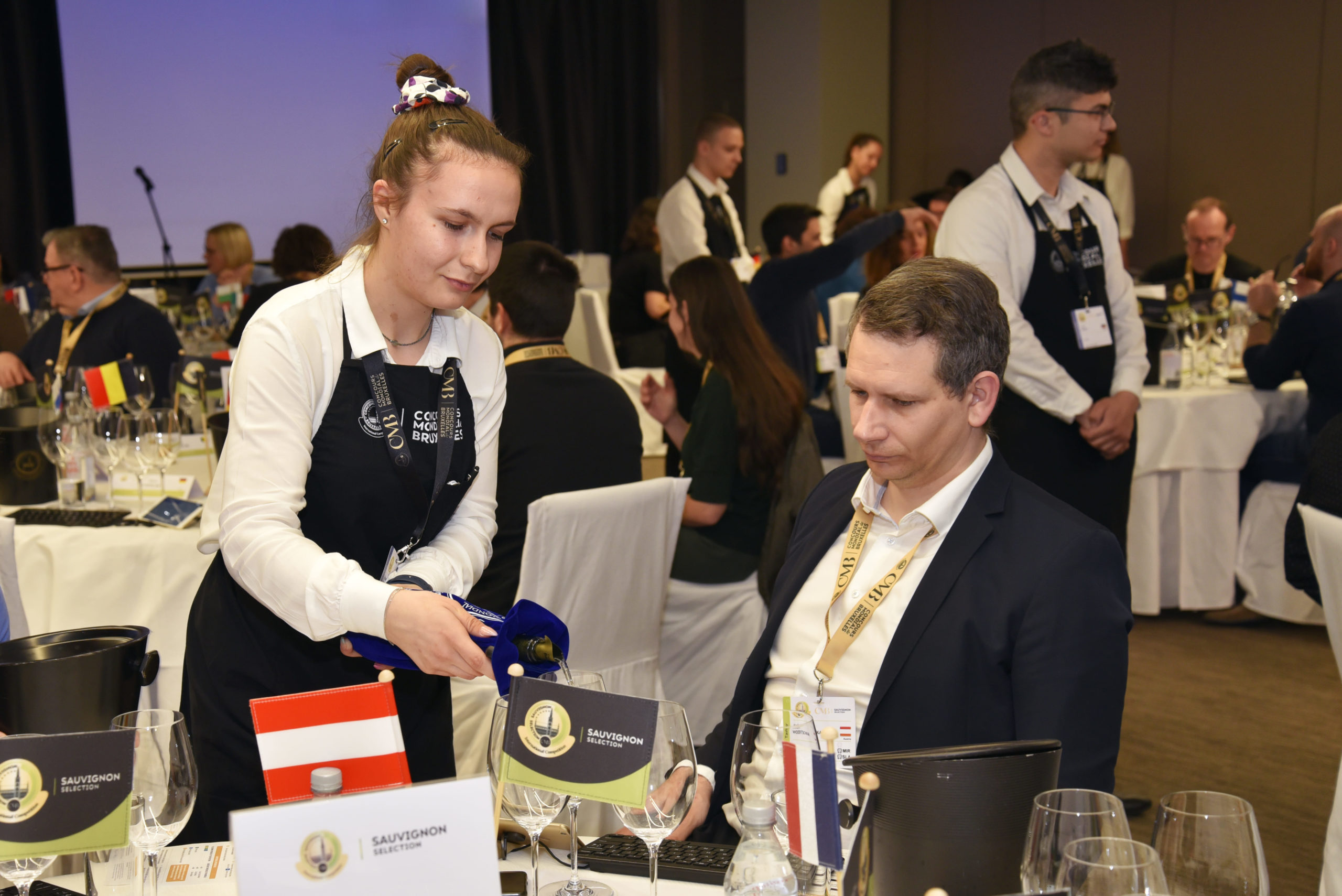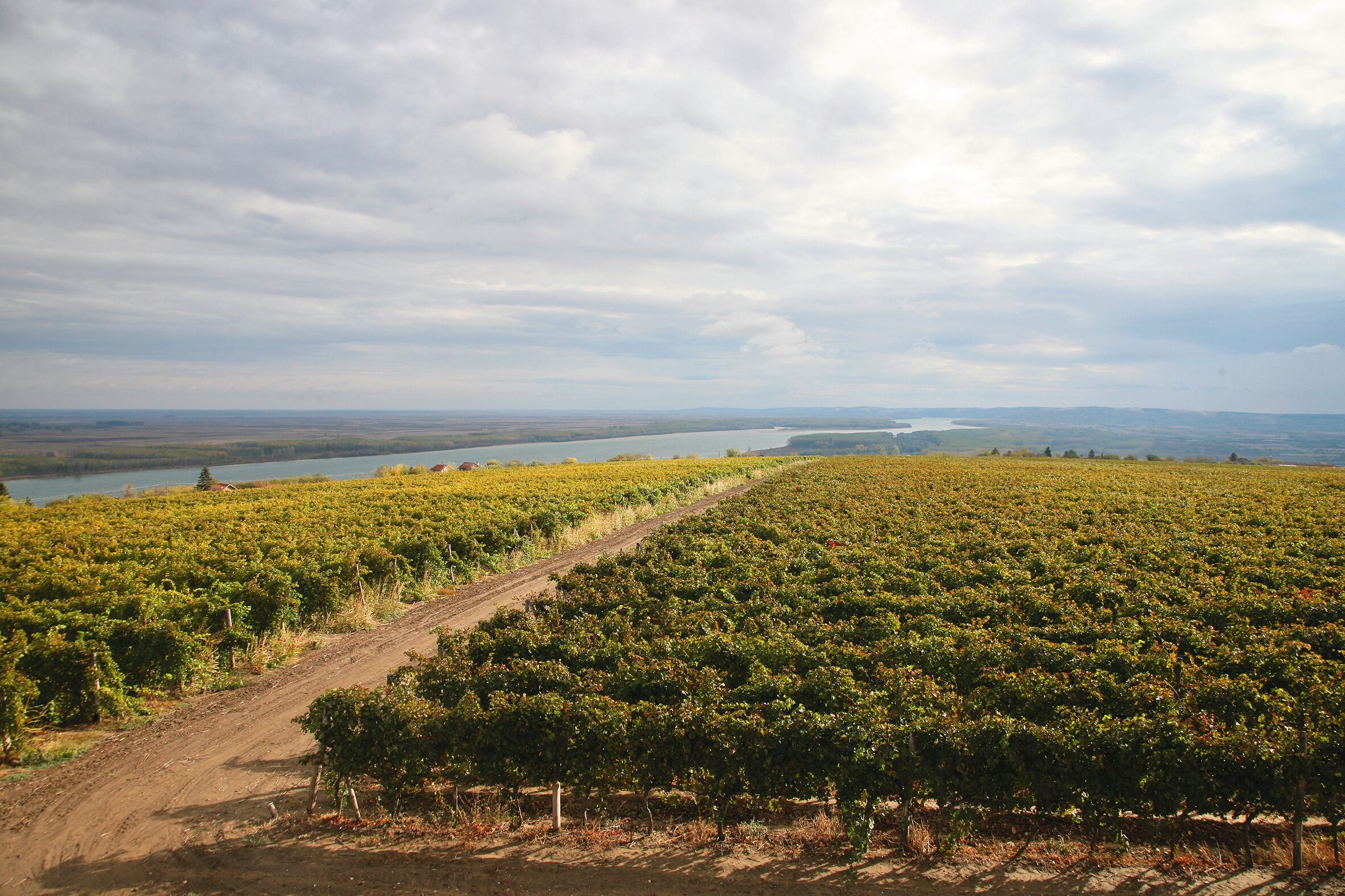“We want to make the best Sauvignon blancs in the world, and in many tastings, we already are”

A conversation with Wein Steiermark chairman, Stefan Potzinger
For the second time in its history, Sauvignon Selection by CMB (formerly Concours Mondial du Sauvignon) is taking place in the Austrian wine region of Styria. Stefan Potzinger, chairman of Wein Steiermark, details the region’s motivations for hosting the 2024 competition, and what participants can expect.
Sauvignon Selection by CMB is due to be held in Steiermark from 18-20 April 2024. A cursory glance at entry figures for the Austrian wine region offers an initial explanation as to the choice of location for this year’s competition. A staggering 370 wines from Styria have been entered by around 150 wineries, with 100 wineries taking part in the supporting programme. The determination by producers to make their mark on the global Sauvignon map is patent: “This wine competition is important in order to make the quality of Styrian Sauvignon blanc – which is known to be very high – internationally known”, confirms Stefan Potzinger, a winemaker himself at the storied namesake winery.
Healthy competition
Potzinger cites the previous competition in 2018 along with the Sauvignon blanc Congress in 2008 in Graz as landmark events for raising awareness of Styrian Sauvignon, and for fuelling competition among the region’s winegrowers that has led to incremental progress in quality. “We rely on international wine competitions, international wine journalists, important export trade fairs such as ProWein and good cooperation with the ÖWM and Steiermark Tourismus”, stresses Potzinger, who this year has taken the initiative of introducing a category of Sauvignon with an “alternative taste” for judges to assess.
A small but high quality 2023 vintage
The sixty or so judges that will be travelling to the competition from around twenty countries will be assessing the numerous styles of Sauvignon crafted across the globe, many of them from the 2023 vintage. For Styria, last year’s harvest lent the wines a number of key attributes: “The wines are typically Styrian and almost remind me of the purist wines of the 1990s when I started out as a winemaker”, comments Potzinger. “Minerality and freshness are particularly pronounced, storage potential is great and there is moderate alcohol”. Styrian winegrowers will remember 2023 as a “small but high quality harvest”, and many of the 6 to 8 million bottles of Styrian Sauvignon produced will be savoured within the region and Austria, along with Germany, the Benelux countries, Switzerland, Scandinavia, Great Britain, the USA and Canada.
An evolving quality pyramid
Driven by success in international competitions such as Sauvignon Selection by CMB, and by relatively high average price points of around 7 euros a bottle, Styria’s wine producers have increasingly embraced the varietal. Area under vine has risen to around 1,000 hectares, with the new DAC system acting as a “turbo” for this development, claims Potzinger. As a winemaker, however, he prefers to take a cautious approach to the next stage of development in the Austrian wine pyramid – the official classification of single vineyard sites as Erste Lage and Grosse Lage. “It took us a long time to establish a usable DAC system for Styria. Now we have an optimal system. Good things take time to ripen, and this will also be the case with the idea of classifying Styrian vineyards, and perhaps we will do without it altogether”.
A rival for France and New Zealand
Potzinger feels that the quality of the wine, reliability and reputation of a producer are major aspects factoring into a wine’s price and success. Currently, Sauvignon blanc is by far the highest performing varietal from the region, “domestically and especially for export”, and has certainly stoked the region’s reputation. Climate change has also helped produce a style of wine that has found favour with consumers: “We have certainly made some progress over the last 30 years. The wines are now rounded and riper without losing fruit, minerality and finesse. They remain on the lees and are harvested with greater ripeness than before”. All of this bodes well for the future of Styrian Sauvignon, and Potzinger is understandably upbeat: “I am sure that in 10 years’ time, we will be one of the most famous destinations for Sauvignon blanc, along with France and New Zealand. For many wine lovers we are already. But it’s clear that ultimately we want to make the best Sauvignon blancs in the world, and in many tastings, we already are…”


